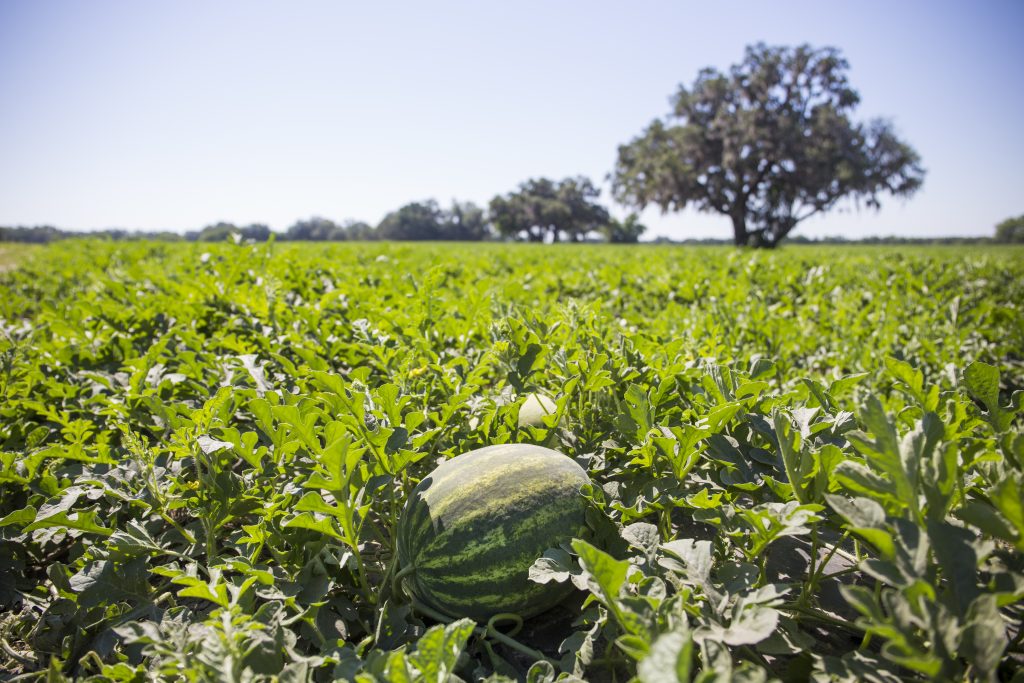By Clint Thompson
A common condition of watermelons can be rectified with a couple of pollination adjustments from producers.
Gordon Johnson, an assistant professor and Extension specialist in fruits and vegetables at the University of Delaware, said proper pollination can help nullify any development of hollow heart.
“Our research pretty much proves that inadequate pollen will lead to higher incidences of hollow heart in those varieties that are susceptible. That research has been verified by other people in Georgia and North Carolina. It is an issue,” Johnson said. “What would limit pollen is probably the area that people need to understand the most.”

Hollow heart results when there is a void in the middle of the watermelon. A person can put their fist in it, if the condition is severe enough. Customers don’t want to purchase a watermelon that has a big hole in the middle of it. If buyers cut open a number of watermelons and see they have significant hollow heart, they won’t buy from the grower.
Growers need to consider their pollinizer and bee activity to avoid producing a crop with hollow heart conditions.
“Can a grower predict it? No. What they can do is try to avoid it. The way to avoid it is to make sure you have enough pollinizer plants; a 1:3 ratio. You can’t go any higher ratio than that. A 1:4 is setting yourself up for potential hollow heart,” Johnson said. There needs to be at least one pollinizer for every three seedless plants.
“The other thing is making sure your (pollinator) plants are in good shape. The pollinizers we (researched), a lot of times there was issues with vigor. If you lose any of your pollinizer plants for early plantings, in particular, that’s setting yourself up for potential hollow heart.”
Growers also don’t need to skimp on their bees. They need enough of them and strategically place them in the fields to provide adequate pollen. This is especially important during inclement weather.
“Bees aren’t going to fly as far. They’ll go two miles on a good day. During rainy and stormy weather, they’re going to stay closer to hives. Placing your hives rather than just one place alongside the field, placing them in several locations would be another way to make sure they have adequate pollen,” he said.









